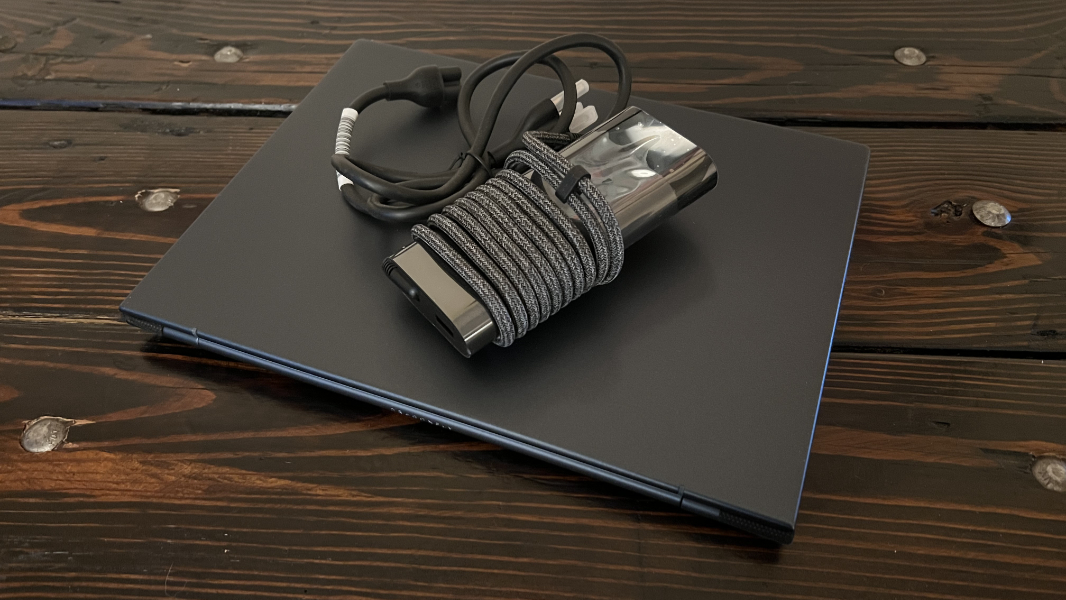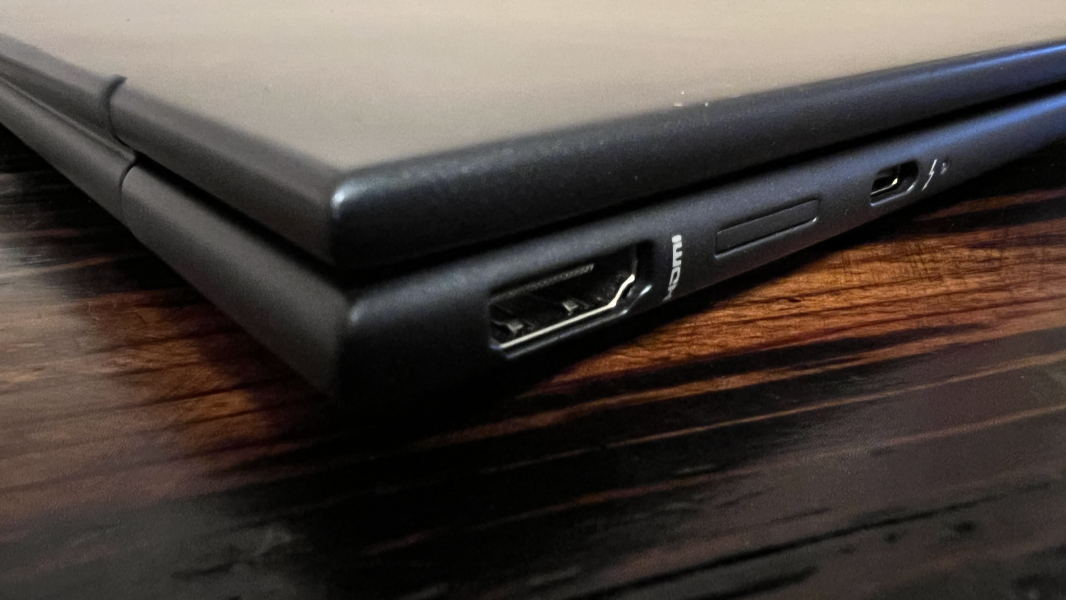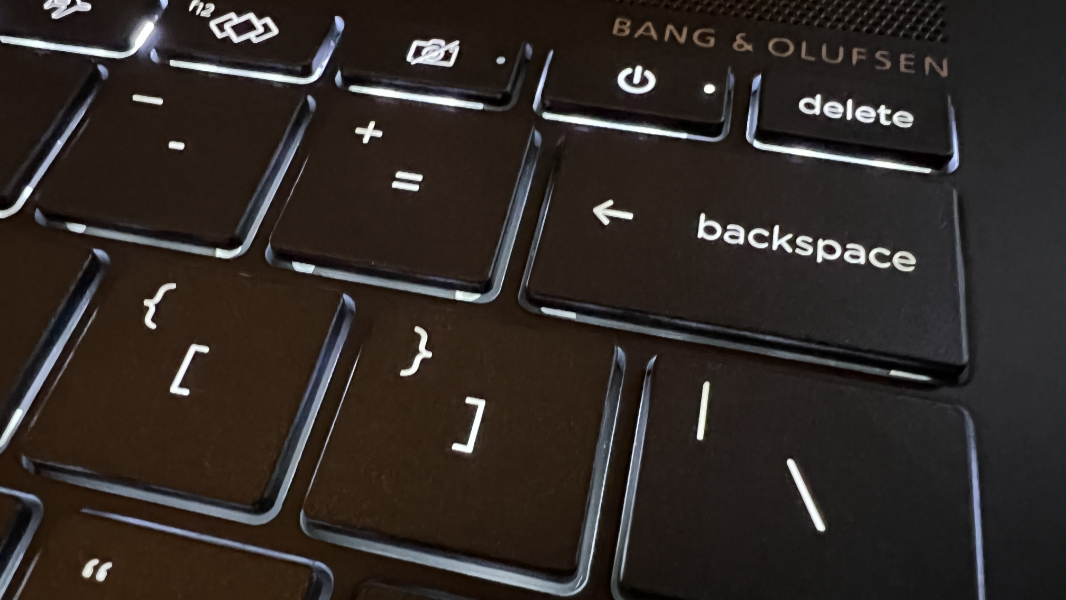First Look: HP Elite Dragonfly G3
- Paul Thurrott
- Jan 06, 2022
-
19

The Elite Dragonfly G3 is the most exciting of HP’s many CES announcements this past week, and the firm sent me an early engineering sample to test out. To be clear, this isn’t the final PC—the CPU identifies itself as a “Genuine Intel(R) 000” processor, for starters—but given the dramatic updates to the Dragonfly’s form factor, I couldn’t resist. And even though it’s not quite usable as a day-to-day PC in this rendition, I’m already in love.

Windows Intelligence In Your Inbox
Sign up for our new free newsletter to get three time-saving tips each Friday — and get free copies of Paul Thurrott's Windows 11 and Windows 10 Field Guides (normally $9.99) as a special welcome gift!
"*" indicates required fields
But let’s get the weird stuff out of the way.
When HP announced this PC earlier this week, it was a bit light on some of the details. We know, for example, that it will utilize 12th-generation Intel Core CPUs, but we don’t know which CPUs. Here’s what I can tell you, aside from that bit above: the CPU in this sample has 10 processor cores and the PC ships with a 110-watt USB-C-based power supply; most PCs like this ship with 65-watt power supplies. So it’s probably some kind of Alder Lake beast.

The other notable bit is that the Dragonfly boots up displaying some weird error messages regarding the system not being fully configured, the BIOS not being for production usage, and the HP EndPoint Security Controller firmware not being for production usage. I examined the firmware and found nothing of interest beyond its fast LPDDR5 RAM, and when I installed and ran Intel’s Processor Identification Utility, it could only tell me that the processor appears to be an engineering sample, and it thus coughed up no details. Ah well.
Anyway, as you may know, I’m a huge fan of the Elite Dragonfly, which HP has basically marketed as a more colorful, outgoing, and attention-grabbing version of its staid, business-class EliteBook x360 1030 product. I reviewed the very first version of the Dragonfly, the mid-season refresh with the Sure View Reflect and Tile capabilities, and then the second-generation Elite Dragonfly Max. They all shared the same crazy light convertible x360 form factor, terrific keyboard and touchpad, decent expansion, and 16:9 display aspect ratios. Mostly wonderful, in short, with a handful of compromises.

For the Gen 3 product, however, HP is making some dramatic changes to the Dragonfly while retaining all that was right about its predecessors. And I can see right away that two of those changes address my long-standing complaints, elevating the Dragonfly even further in my estimation.
The first of those changes is the move to a taller 3:2 aspect ratio for the display. I will never understand how the video-optimized 16:9 aspect ratio took over the industry, but I’ve been dinging any product with such a display for years. Now, the Dragonfly is whole. A 16:10 display would have been fine. But a 3:2 panel (really, a set of options) is even better.
The second is a complaint that I figured fell into a black hole for technical reasons: so many portable PCs come with two USB-C ports, and they are almost always both on the same side of the PC. I’ve argued for one port on each side, and HP has made that change with the new generation Dragonfly. Very nice.

(Speaking of ports, the new Dragonfly also somehow offers a full-sized HDMI port and USB-A port too. Very nice.)

The other major change is something that didn’t really bother me: where previous Dragonflies were x360 PCs, the Elite Dragonfly Gen 3 is a standard laptop, with a lay-flat display. Some will very much prefer this, but I like it either way.

There are many other improvements.
The keys on the keyboard are larger, which should result in an even better typing experience. The touchpad is also larger—much larger—which HP says will result in a “1:1 screen to touchpad experience.”

The power button (a key) and the fingerprint reader have both been moved, and correctly: the power button key is now to the left of the Delete key as God intended, and the fingerprint reader is now implemented as a key instead of being on the right wrist rest. Excellent.

I’ve not tested this yet, but the new Dragonfly also features a 5 MP web camera with auto-framing capabilities that should be a bit of an improvement over the 5 MP unit in the Max from last year. And the dual-edge microphones feature 360-degree voice tracking and dynamic voice leveling.
Connectivity is as modern as it can be, with Wi-Fi 6E and Bluetooth 5.2 onboard and a 5G-capable SIM card slot.
I’m not sure how much I’ll be able to use this—I’d love to take it to Mexico City next week if that made sense—but I’ll keep configuring and using it to see what else I can learn first. And tomorrow, I’ll publish a more complete look at the specs.